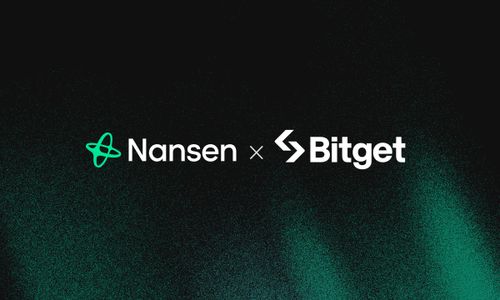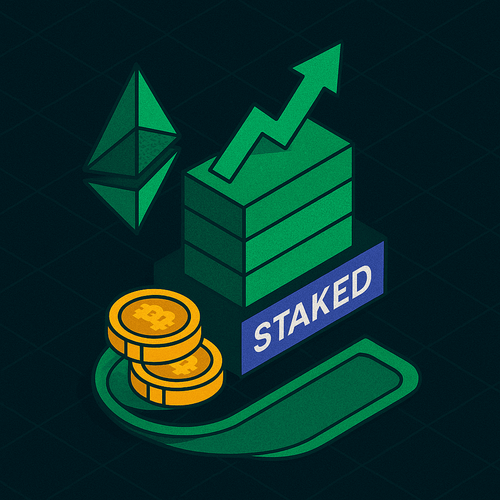Introduction
As the digital finance ecosystem evolves, the question of regulatory clarity looms large. This is not just about compliance; it’s about fostering trust, encouraging innovation, and attracting institutional interest. In sectors like Decentralized Finance (DeFi), Decentralized Physical Infrastructure Networks (DePIN), Real-World Assets (RWAs), and stablecoins, clarity can be the difference between stagnation and breakthrough growth. Across the United States, European Union, and Asia-Pacific regions, the regulatory picture is beginning to take shape, though at varying speeds and with differing focuses. Let’s explore what is, and what to expect.
Regulatory clarity is essential for blockchain initiatives such as Uniswap, enabling them to operate within a well-defined framework rather than navigating the uncertainties of outdated compliance requirements. Similarly, DePIN projects stand to gain from clear guidelines, particularly in infrastructure expansion. For instance, projects like Helium may still need to address local telecommunications laws, highlighting the importance of broader regulatory frameworks for sectors within blockchain and crypto.
The Regulatory Landscape: Convergence and Divergence
Across regions, regulatory approaches differ in scope and execution, but the underlying goals remain similar: consumer protection, financial stability, and fostering innovation. The United States has taken a cautious approach, particularly under the scrutiny of agencies like the Securities and Exchange Commission (SEC). Many DeFi activities and tokenized RWAs are being classified under existing securities laws, creating friction between innovators and regulators. Similarly, stablecoins have faced heightened attention, with calls to regulate issuers akin to banks. While these moves aim to protect markets, the lack of sector-specific regulations has left companies navigating a legal gray area.
Meanwhile, the European Union’s Markets in Crypto-Assets (MiCA) regulation represents a more cohesive strategy. MiCA is set to be fully implemented by December 2024, offering a structured framework for crypto-assets, including DeFi platforms, tokenized RWAs, and stablecoins. By categorizing assets like stablecoins as "asset-referenced tokens" (ARTs) and setting reserve requirements, MiCA aims to balance innovation with robust consumer protections.
In the Asia-Pacific region, Singapore leads as a regulatory trailblazer. The Monetary Authority of Singapore (MAS) has issued guidelines for digital payment tokens, stablecoins, and tokenized assets. Its proactive stance has turned Singapore into a hub for blockchain innovation. Elsewhere in the region, regulatory development remains in its early stages, though governments are closely observing frameworks like MAS and MiCA as potential blueprints.
The Case for Regulation: Unlocking Growth Across Sectors
Regulation, often viewed as a constraint, holds transformative potential when well executed. In the case of DeFi, clear rules provide a pathway for mainstream adoption. Without clarity, projects face reputational and operational risks, discouraging institutional investors. MiCA’s broad framework for crypto-assets is likely to alleviate these concerns by offering DeFi platforms the legal certainty needed to scale securely. Similarly, Singapore’s nuanced approach allows DeFi continue, while it determines what is the best case forward.
For DePIN, regulation remains speculative but highly anticipated. As these networks gain traction, blending blockchain with physical infrastructure such as telecom towers or renewable grids, investors will demand security and legal oversight. The absence of clear rules in most markets creates uncertainty, but regulators are beginning to see DePIN as a natural extension of digital and physical infrastructure policies. When frameworks emerge, they will likely emphasize interoperability, security, and alignment with existing infrastructure standards.
In RWAs, tokenization stands to revolutionize traditional markets by unlocking liquidity and democratizing access. However, uncertainty around how tokenized assets fit into existing securities laws has slowed progress. MiCA’s treatment of tokenized assets as ARTs is a potential step in the right direction, ensuring issuers meet transparency and reserve requirements. This approach not only protects investors but also signals a broader acceptance of blockchain as a legitimate mechanism for managing real-world value.
Stablecoins, perhaps the most scrutinized blockchain application, exemplify the stakes of regulatory clarity. With their promise of bridging traditional and digital finance, stablecoins have faced regulatory hurdles tied to financial stability. MiCA’s requirements for reserve backing and operational resilience aim to address these concerns, while U.S. regulators are debating stablecoin-specific legislation that could bolster trust in the market. In APAC, Singapore’s rigorous but balanced framework positions the region as a leader in stablecoin innovation, encouraging cross-border payment solutions and digital asset integration.
What MiCA and Other Frameworks Could Achieve
The introduction of MiCA and similar regulations has the potential to transform digital finance in three key ways:
- Increased institutional Adoption: Clear rules reduce uncertainty, enabling institutional players to participate without fear of legal or reputational risk. For example, MiCA’s provisions for stablecoins ensure a secure environment for cross-border transactions and payment systems.
- Enhanced Innovation: By establishing consistent standards, regulations foster a level playing field for developers and businesses. Projects no longer need to second-guess compliance, freeing up resources for innovation. This is particularly true for DeFi platforms in Europe, which now have a framework to engage with traditional financial institutions.
- Consumer Trust: Transparency requirements and reserve obligations for RWAs and stablecoins ensure users can trust the systems they engage with, promoting broader adoption. This is especially important as the general public still largely considers blockchain and crypto to be associated with scams.
- It is important to note that in the case of DeFi, true decentralized finance is excluded from the framework with the criteria being to either prove full decentalization or operate on reverse solicitation basis.
Conclusion
The road is not without challenges. Over-regulation, which many often consider the case in Europe, risks stifling the very innovation that these sectors aim to achieve. Furthermore, inconsistent global approaches such as the divergence between the U.S’s enforcement-driven stance and the EU’s structured framework could fragment markets, complicating cross-border collaboration.




